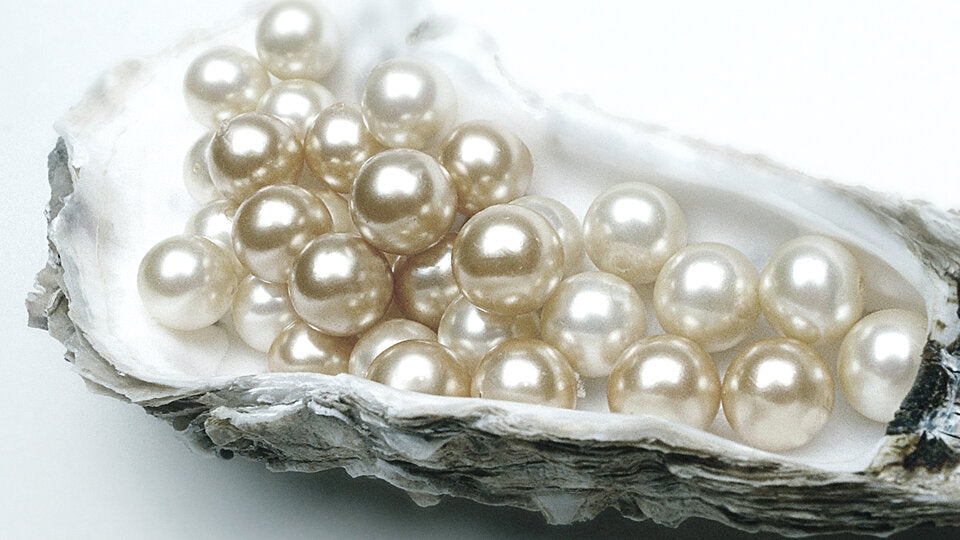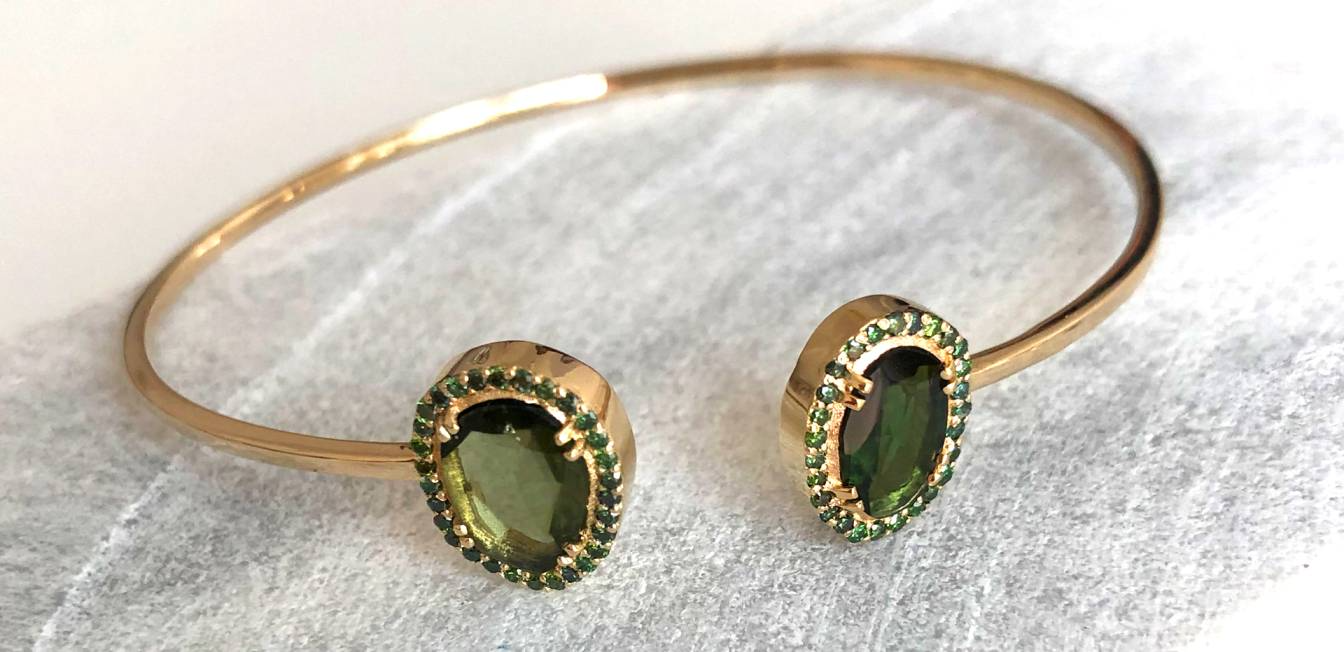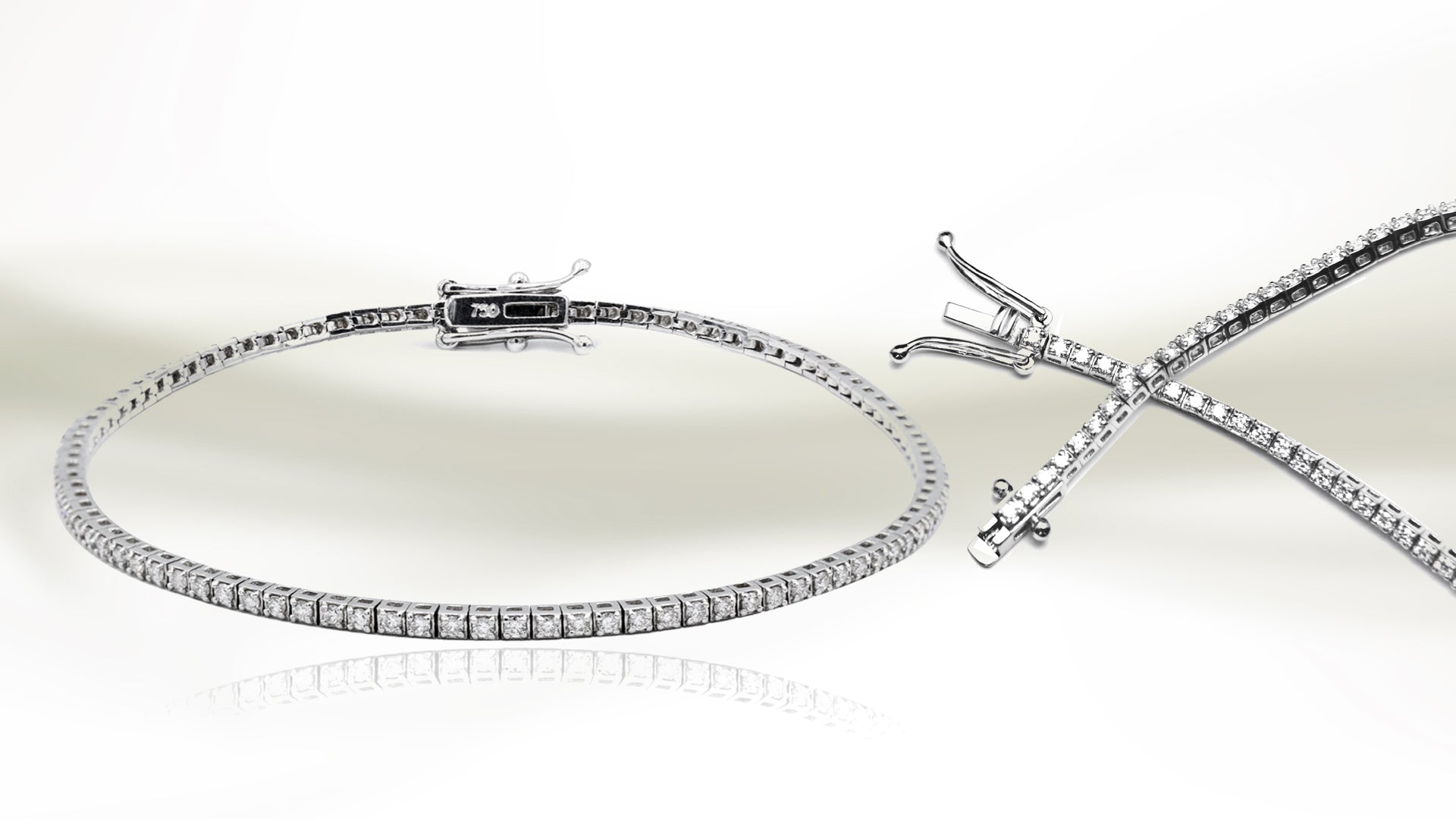
Pearl jewelry: from legendary writings to democratization
At the Louvre Museum in Paris, there is the oldest pearl jewelry – a necklace made up of no less than 216 natural pearls, discovered inside the sarcophagus of a Persian princess, which is believed to date back to the 4th century BC. Also, in the British Museum collection, there is a 14 mm pearl, also from ancient times, which is believed to have belonged to a family of noble rank. Moreover, the Roman Emperor Julius Caesar himself enacted a law that clearly stipulated that only the noble class had the right to wear pearls, with some historians considering that pearls may have been the real reason that led him to invade Britain.
From gems associated with aristocracy and luxury, pearls gradually became accessible to everyone. Alexandra, the wife of Edward, Prince of Wales, was the first to wear them in long strands, tightly around her neck, thus generating a fashion in society. Coco Chanel took things even further, legitimizing fake pearl necklaces and transforming them into extremely chic, but especially desirable pieces, even among aristocrats who could always afford to purchase very expensive authentic pearls. However, the idea was entirely different: pearls had to be seen and worn. More, more often, with more nonchalance and pleasure.
With the patenting of the process for obtaining cultured pearls by three Japanese men in 1916, pearl accessories were to gain popularity among all segments of the public.
Baroque pearls, used in MOOGU jewelry, are among the most special types of natural pearls, having irregular sizes and shapes, which makes them unique. Baroque pearls form inside the shell as it rejects grains of sand. The shapes that such a gem can take are among the most spectacular and are the subject of truly undeniable jewelry in terms of beauty.




